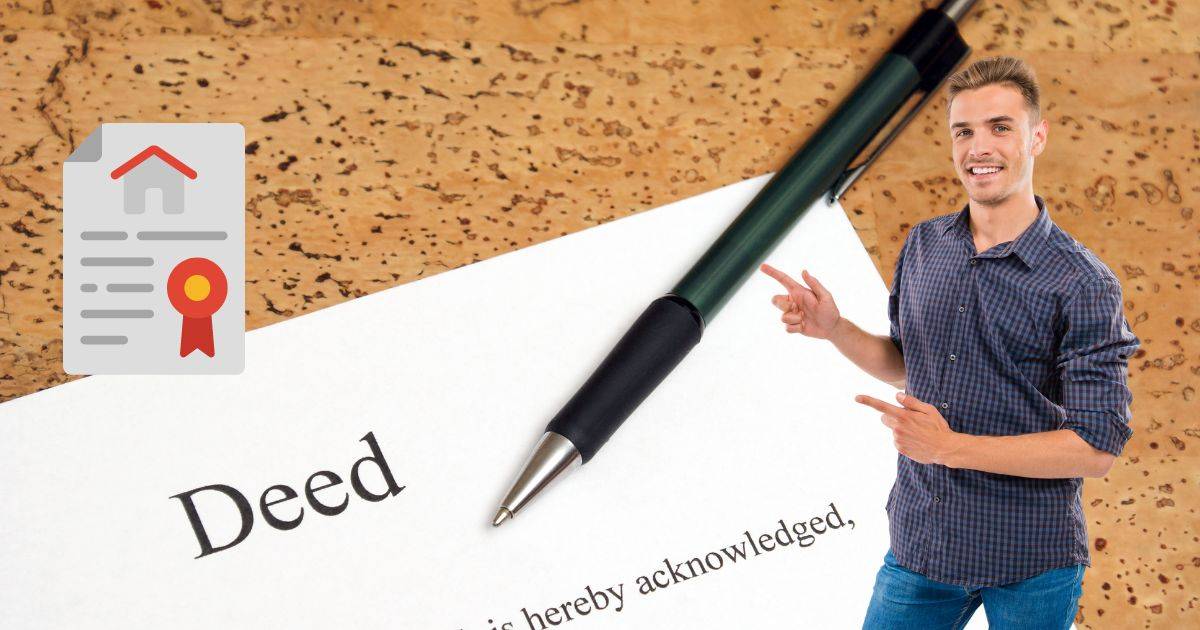UK Deed Poll Name DVLA Update: Modifying Your Driving Licence Details
Embarking on a DVLA name update is an essential endeavour that demands meticulousness. Should you change your name due to marital circumstances, divorce, or other personal reasons, it’s imperative to inform the DVLA to amend your driving licence and vehicle registration details. Neglecting this duty may result in penalties and legal issues.
To update your name with the DVLA, evidence of your new name is necessary, such as a marriage certificate or a deed poll. Additionally, your current driving licence along with vehicle registration documents must be forwarded to the DVLA. Upon receipt, the DVLA will modify your records and issue new documents bearing your changed name.
It’s crucial to remember that altering your name with the DVLA does not apply to your passport or other official records. Each document requires individual updates. Keeping a log of all organisations notified of your name change is advisable to ensure comprehensive updating.

Procedure for UK Deed Poll Name DVLA
Updating your driving licence with the DVLA is straightforward once you know the essentials.
Eligibility for Name Change
You must reside in Great Britain and possess a valid UK driving licence to apply for a name change with the DVLA. A marriage certificate, deed poll, or a statutory declaration must be provided as legal proof of your name change.
Documents Needed
When applying for a name change, furnish the DVLA with:
- Your current driving licence
- Proof of your new name, like a marriage certificate or deed poll
- A completed D1 application form
How to Apply
UK Deed Poll Name DVLA allows name change applications either online or by post. To apply online, create an account on the DVLA website and follow the provided steps. For postal applications, download and print a D1 application form from the DVLA website, complete it, and mail it with your supporting documents to the DVLA.
Processing Time
Processing your new driving licence might take up to three weeks post-application receipt by the DVLA. However, this duration may vary based on current application volume. It is essential not to drive until your new driving licence with the updated name is received. Driving with a licence that doesn’t reflect your legal name can result in fines.
Post-Name Change Actions
After successfully updating your name with the DVLA, several crucial actions should follow to ensure all related documentation is current.
Vehicle Registration Update
It is vital to update your vehicle registration with the DVLA promptly post-name change. This update can be done online or by post using the relevant forms. Essential details required include your new name, vehicle registration number, and your V5C registration certificate.
Notifying Insurance Providers
Insurance providers must be informed about your name change to avoid policy invalidation, which could expose you to liability in case of an accident. Directly contact your insurance provider to update your details.
Additional Updates
Other necessary updates post-name change might include:
- Updating your passport
- Updating your bank accounts and credit cards
- Updating your utility bills and other crucial documents
Ensuring all your personal information is up-to-date is crucial to avoid potential issues in the future. By taking these steps, you ensure that your name change is accurately reflected across all essential documents and records.
Updating your name with the DVLA after a name change is an important process that affects many aspects of your life where your identity is involved. The process not only ensures compliance with legal standards but also aligns your driving and vehicle records with your current personal information, which is crucial for your day-to-day activities, including travelling, banking, and dealing with authorities.
Importance of Timely Updates
Delay in updating your name with the DVLA can lead to various complications. For instance, if stopped by the police and your driving licence doesn’t match other identification documents due to an outdated name, you could face fines or further questioning. In more serious situations, discrepancies in your documentation can affect your insurance claims; insurers might deny claims if the name on the insurance policy doesn’t match the name on the driving licence or the vehicle registration.
Comprehensive Identity Consistency
After updating your name with the DVLA, it is crucial to ensure that all your documents and records reflect this change consistently. This includes updating your name with your employer, banks, credit card companies, utility providers, and educational institutions if applicable. Consistency across all records helps avoid confusion and proves your identity when needed.

